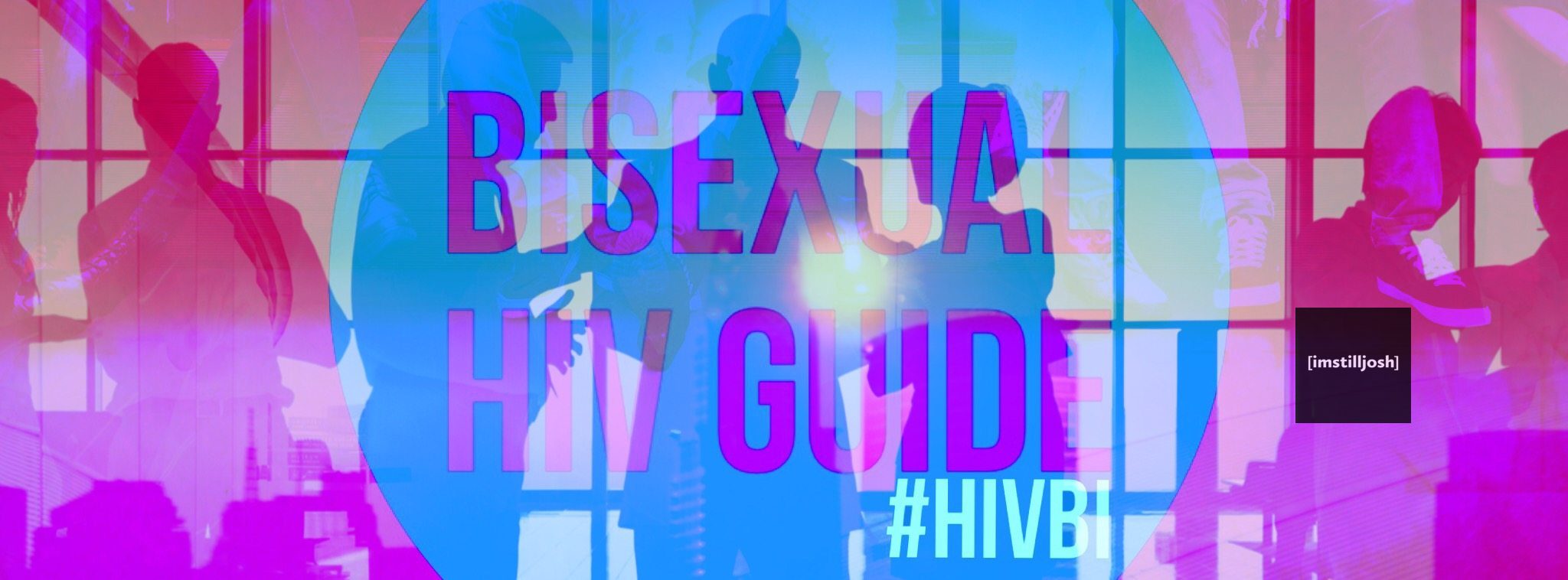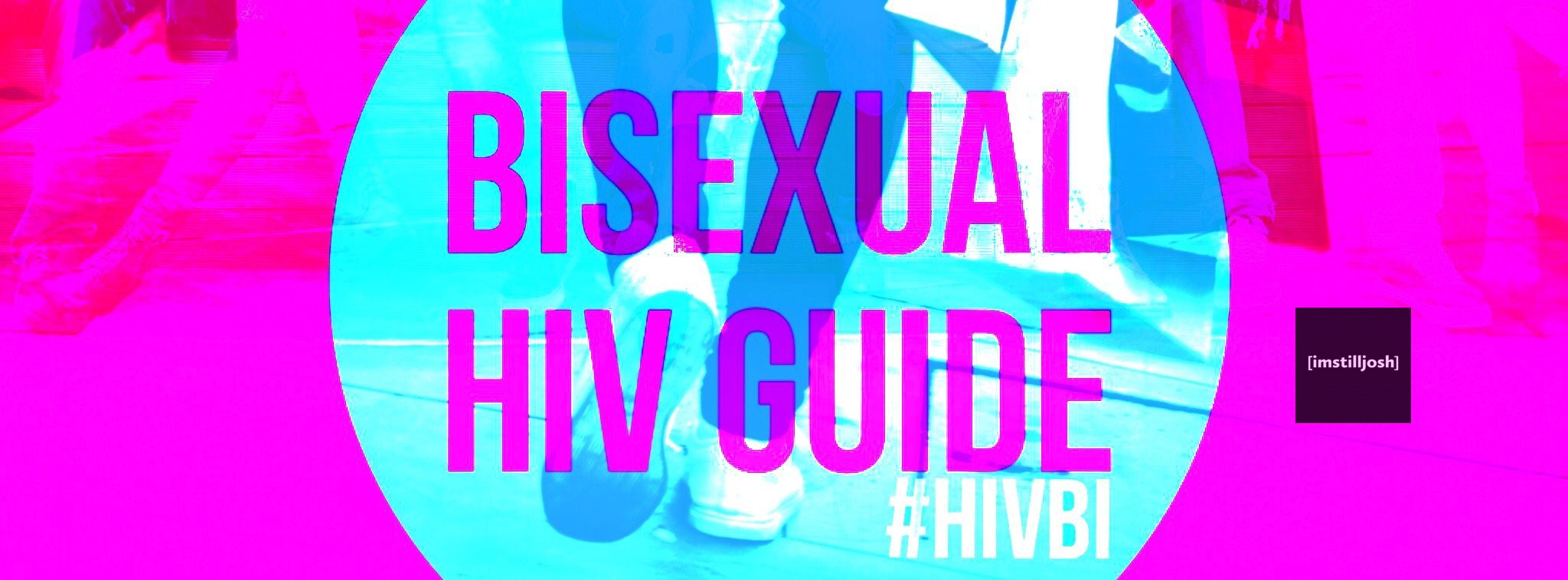Recently, the U.S. Centers for Disease Control and Prevention (CDC) finally recognized the obvious: Transgender women are not men who have sex with men, also known as MSM.
Not only did this affirm the gender identity of transgender women, which we all should do, but from a public health standpoint it was a common sense leap forward. For the purposes of HIV epidemiology, transgender women do not necessarily have sex with men the same way, or with the same men, that gay men do. Many of the men transgender women have sex with do not identify as gay, and they aren’t, because they have sex with women (including cisgender women), too. Some may have sex with both men and women. They may or may not identify as bisexual.
The CDC finally has begun to collect data on transgender women separately from “MSM” for this very reason – so they can get a more accurate picture of the sexual patterns of transgender women and the public health risks they face.
So it begs the question: Why, then, is the CDC still lumping bisexual men into the category of men who have sex with men, when in fact they are men who have sex with men and women (MSMW)?
Which begs yet another question. How many of these 50,000 new HIV infections each year are resulting from people not getting HIV prevention messages because they don’t fit into the model of monosexism (the notion that everybody either is gay or straight) that most all of us subscribe to?
Lauren Beach is a post-doctorate fellow at Vanderbilt University who is searching for answers to these and other questions. In an exclusive interview with [imstilljosh], just moments before she had her first telephone discussion with CDC officials urging them to collect MSMW data separate from MSM, she explained why the current methodology of lumping them together with gay men is flawed.
“People make assumptions that MSM would not have sex with women, so that risk is completely unaddressed in our current HIV programming,” she said. “This is actually very critical. We know HIV doesn’t discriminate. We need to target the female partners of bisexual men (for interventions like PrEP), she said.
“The women who are sleeping with bisexual men are a glaring omission (in HIV prevention strategy), she said. “We should be treating this as a public health issue and looking at data instead of going on our preconceived notions about sexuality and gender.”
Indeed, with gay rights reaching new heights, such as marriage equality on a national level, and transgender equality rapidly gaining ground, even with restroom parity in some cities and states, bisexuals are now the new “ultimate minority.”
In fact, gay and lesbian people discriminate against them as much as heterosexual people do, a new study shows.
Beach begins a dialogue with the CDC
In an email to Imstilljosh shortly after her conversation with the CDC, Beach appeared hopeful. “I would say that we have begun a dialogue and are looking forward to learning more about the capacity of the CDC to disaggregate MSMW vs. MSMO (the ‘O’ denoting ‘only’) HIV data in future surveillance reporting,” she said. “Changing a federal data collection system is never easy work, so I am not surprised that this will very likely turn out to be a complicated process.”
The good news: Collecting separate MSMW data already is on the radar of the CDC. In a September 2013 presentation by Damian J. Denson, a behavioral scientist in the CDC’s Prevention Research Branch, he presented some shocking findings at the National Community Health Partners Webinar.
The presentation came with the disclaimer, “The findings and conclusions in this presentation are those of the author and do not necessarily represent the views of the Centers for the Disease Control and Prevention.”
Regardless, the presentation declared:
MSMW embody several identities, including heterosexual, bisexual, closeted, discreet and “down low,” showing how difficult true bisexual data collection would be.
Sexual networks expand across heterosexual and MSM populations (dispelling the notion that sexuality is binary) and “could serve as a bridge for HIV transmission, but data inconclusive” (citing studies by Bond, 2009; Millett, 2005; and Montgomery, 2003).
Very few studies specifically focus on MSMW, with differing measurements used across studies that may include self-described sexual identity or be based on sexual behaviors.
Most MSMW studies have focused on racial/ethnic minorities, youths, and low-income people.
Citing National HIV case surveillance data assessing MSMW (Campsmith and Hu, 2013), from 2005 to 2008 115,994 men were diagnosed with HIV. Of those, 19,285 (16.6 percent) reported having sexual contact with both men and women. Most were black or Latino. The likelihood of having sex with both genders increased across age and ethnic groups.
In 2008, the CDC collected HIV risk behavior from 8,175 men who reported sex with another man during the past year. Of those, 1,109 (14 percent) reported female sex partners in the past year as well. Of the women they had sex with, they did so without using condoms for vaginal or anal sex about two thirds of the time, they reported.
Other studies have shown that between 14 and 20 percent of MSMW report having unprotected sex with both men and women (Maulsby, 2013; Valleroy, 2000; Weatherburn, 1998).
Men who have sex with men have fewer female partners than male partners.
MSMW with a main female partner report less unprotected anal intercourse with men.
Finally, the presentation by the CDC scientist showed MSMW have lower rates of HIV prevalence (Harawa, 2013; Montgomery, 2003; Wheeler, 2008) and lower rates of unprotected anal intercourse with male partners (Flores, 2009), especially receptive anal intercourse.
But they also are less likely to be tested for HIV, be exposed to HIV prevention, while at the same time being more likely to engage in sex work and injection drug use (Goldbaum 1998, Maulsby 2013, Wheeler 2008), report concurrent sexual partners and have undiagnosed HIV (Young, 2009).
What this all means, the CDC presentation concluded, is that there is a high prevalence of HIV among racial and ethnic minority communities, with the risk increasing as one gets older. A general lack of knowledge about HIV results in unknowing transmission of the virus, false assumptions about a partner’s status, misinformation about testing frequency and viral load and, a general complacency about HIV risk.
What the CDC and the National Institutes of Health need to do next
In addition to collecting separate MSWM data for the purposes of HIV epidemiology, Beach says:
- Federal agencies need to talk with diverse bisexually identified researchers and community organizations when designing surveys to examine sexual orientation and behavior.
- The NIH and CDC need to fund studies to determine best survey design practices to measure sexual orientation, sex, gender identity and sexual behavior.
- The White House should order all agencies to review their programs, services, and regulations for areas that can be changed to be more supportive of bisexual people.
- Provide bisexual cultural competence training focused on bisexual self-identification, labeling and practice.
- Prioritize research funding for studies focused specifically on health among bisexuals
- Create a specific line item for bisexual HIV funding in the federal HIV/AIDS budget
- Develop improved community outreach methods to engage non-gay MSMW and MSMO populations.
Said one person interviewed in Beach’s research, “Stereotypes about bisexual black men create some major blind spots when it comes to HIV prevention, care and education. We’re talking about PrEP but we’re really only talking about it for men. What about my female partner? I’ve been with the same woman since 2001. She’s still negative, but why is it that we look at the rates of HIV among black women and that’s not offered to them as well?”
Good question.
![[ IMSTILLJOSH ]](https://imstilljosh.com/wp-content/uploads/2020/09/9A79D7E4-5626-422E-ABC0-F601C8891E6A.png)




















